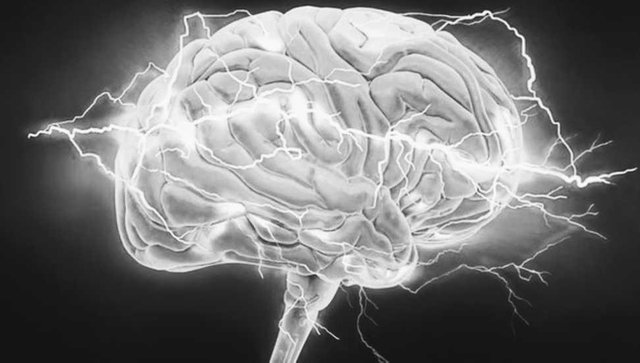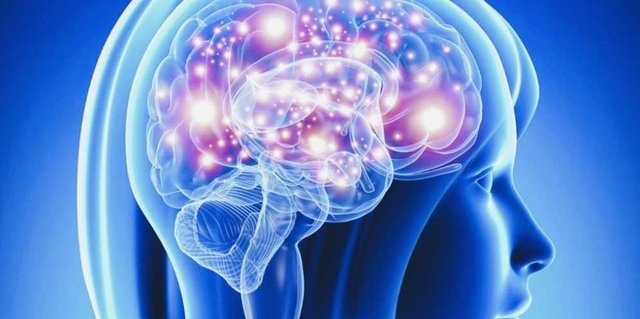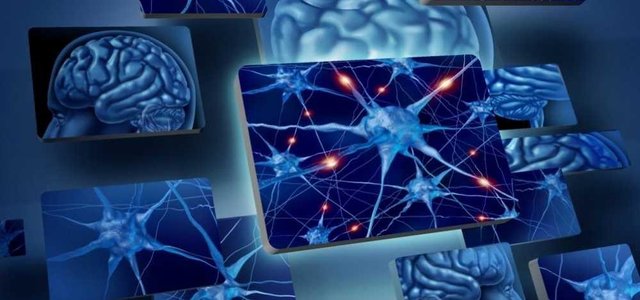As a new technology, brain stimulation can improve our cognitive processes, such as memory, emotions, and attention

Scribonius Largo, palace physician Roman Emperor Claudius, is described in his "Song method" of chronic migraine treatment:
placing an electric ray on a patient's scalp to ease the electric shock of his pain. Larg is on the right track; Our brain consists of electrical signals that affect the interactions of brain cells to each other and, in turn, affect cognitive processes such as memory, emotions and attention.
Science stimulates the brain, which converts electrical signals in the brain, of course, has changed over the past 2000 years. Currently, we have several devices for transcranial DC stimulation (tDCS) that provide constant, low current in certain areas of the brain via electrodes in the head, to users, from online video gamers to professional athletes and people with depression.However, cognitive neurophysiologists still work on understanding how much we can influence brain signals and improve cognition with this method.Brain stimulation with tDCS is non-invasive and inexpensive. Some scientists believe that this increases the likelihood that neurons will work by altering neural connections and potentially increasing cognitive skills associated with specific areas of the brain. The neural network associated with attention control can be aimed at increasing concentration in people with attention deficit hyperactivity disorder (ADHD).Or people who have difficulty remembering shopping lists and phone numbers may want to drive to the brain region associated with short-term memory (also known as work) to improve this cognitive process.However, the impact of tDCS does not provide final results in studies reviewed by experts, especially after one session. In fact, some experts wonder whether enough electrical stimulation passes through the scalp to the brain to change the connection between brain cells.

It should be noted that a neuroscientist György Buzaki of New York University presented research done on corpses and concluded that very little input current through tDCS, actually reaching the brain, may be less than 10 percent. Other researchers reported otherwise. Recent studies of neuroimaging have shown a significant increase in neurotransmitter levels and blood circulation in place of tDCS stimulation during a single session.However, in response to growing concerns, many researchers have begun using tDCS for several days for additive effects. Studies have shown that improved treatment effects (but not increased side effects) are explained by recurring sessions, unlike one session.Needed to solve more fundamental problems related to tDCS studies; in particular, the tDCS protocol is somewhat contradictory between research laboratories. For example, a laboratory can adjust tDCS for 20 minutes at a maximum voltage of 2 mA, while other laboratories can set tDCS for 25 min at 1 mA. The combination of each of these studies into one review is very tiring and confusing.We do not yet know what the optimal time and voltage levels for tDCS are. For example, 1 mA is too low to initiate neural changes and improve cognitive abilities. So many years of work and research can be completely uninformative.
Recently, technology has been combined with cognitive training to achieve long-term improvement. This is a natural development of research. It is believed that tDCS allows neurons to operate more easily. In addition, as in the case of muscles, cognitive training is an exercise that will work with neurons in areas of the brain that are actively involved in this cognitive process.To use both methods, we should not make neurons and brain regions work more actively during tDCS, which involves specific areas of the brain in cognitive tasks? In fact, research supports this theory and suggests that longer productivity and improvement improvements are associated with a combination of cognitive learning with tDCS.

In the course of many years of collaboration between the Cognitive Laboratory neyrovizuatsy University of Michigan and Laboratory memory and plasticity at UCLA scientists explored memory training, combined with tDCS. During the solution of the learning task, participants are encouraged to constantly include more information in working memory and simultaneously bypassing tDCS stimulation. Although the results are still limited and somewhat confused, evidence suggests that combined stimuli and brain training are more effective for improving working memory than with other techniques.For the experimental tDCS group, higher performance may be recorded even a year after the session. In addition, studies have identified the nuances of combined exercise with working memory and tDCS: participants who start learning with lower basic work memory show greater improvement than those who start with higher basic productivity.Of course, more research is needed to better understand tDCS and cognitive training. To provide greater consistency in the scientific literature, researchers should use optimum parameters (such as the duration of time and current intensity) for tDCS as a form of cognitive and therapeutic improvement. The next step is to understand the basic neural mechanisms of tDCS and cognitive training, which will require a multidisciplinary approach using neuroimaging techniques such as an fMRI.This will allow the researcher to visualize (1) activation of the brain area using tDCS, (2) activation using tDCS and cognitive training and even (3) activation changes, in particular, only through cognitive training.Scientists are optimistic about the future of tDCS; cognitive learning coupled with tDCS can lead to increased attention and memory for people of all ages. Maybe technology can help prevent cognitive decline in older people or improve skills like concentration attention, on people with specific jobs - pilots or military, who need it most.
Hello @kaka83, upv0t3
This is a free service for new steemit users, to support them and motivate them to continue generating valuable content for the community.
<3 This is a heart, or an ice cream, you choose.
:)
R4ND0M:
5933 3935 5521 2031
7971 3831 6139 5862
5876 2860 3029 7133
7609 7091 8528 9914